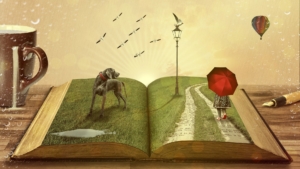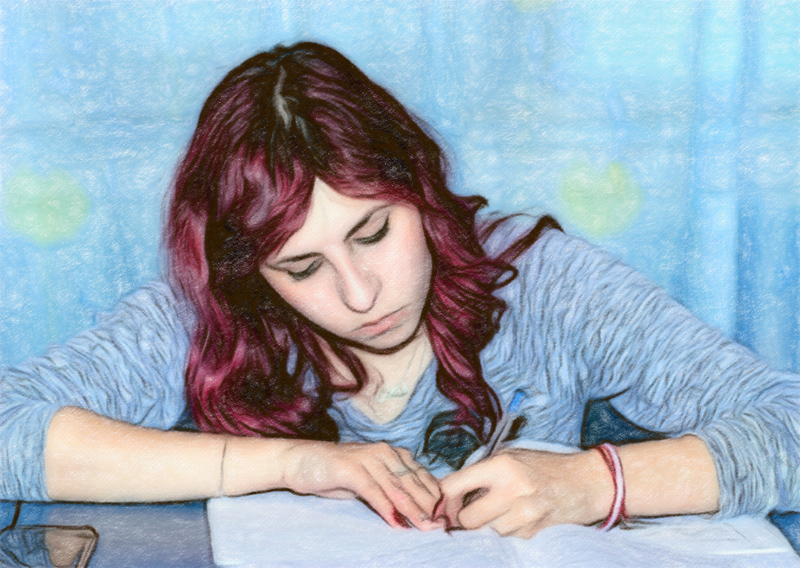Brainstorm Your Character’s MO
Brainstorm these questions
What are you trying to achieve? The entire plot or what a character would say in a certain situation? From developing a plot line to creating character quotations, these are good starting points to brainstorm. What requirements (or limits) should your thoughts stay within?
Who will read your work? Will these ideas go into your novel or blog post? You know your audience. They will keep you within the boundaries of your characters and prevent you from diverting from their goals. Have traits of your protagonist in mind beforehand. This will keep you focused as you develop your story. How will one-character mesh with your other characters? Brainstorm these questions.
Getting to the Heart of Your Story: The Character Brainstorming Worksheet
“The most compelling stories, the ones we think about long after we close the book and the ones that people tell their friends about, use plot to push the characters to their limits–because that is where change occurs. Human beings are built to resist change. We’re comfortable with what we know, even if what we know is hurting us. In other words, we’re afraid of the unknown. Partly, that’s why we read, because we want to reduce the number of things that we don’t know by living vicariously through characters we care about who are pushed into solving unfamiliar problems that nevertheless having meaning in their own lives. Note that statement. Let’s break it down.” More…
“I honestly think brainstorming effectively is half the battle of writing a great novel. It’s a crucial skill and a hugely powerful technique for novelists, and has gotten me out of countless story-sinkholes over the years.” More…
Brainstorming is about letting go and letting your creative thoughts come forth.
A book in itself is unlikely to make or break you, but it is a powerful extension of your business or blog. More…
Tell everyone about your stories. More…
Need more help brainstorming your story? More…
Don’t forget to edit your character’s story. Are you using the right words to describe them? More …
Start Writing Now – This book is for the dreamers who say one day they will write their stories and become a writer. Then they forget their dreams of writing. But they can write now – write those stories now. I mean right now.
How Not To Write A One Star Novel – Do you want to create a five star novel? Learn from other writers’ mistakes and prevent yourself from receiving any one star reviews for you hard work. Here is your free e-book.



















